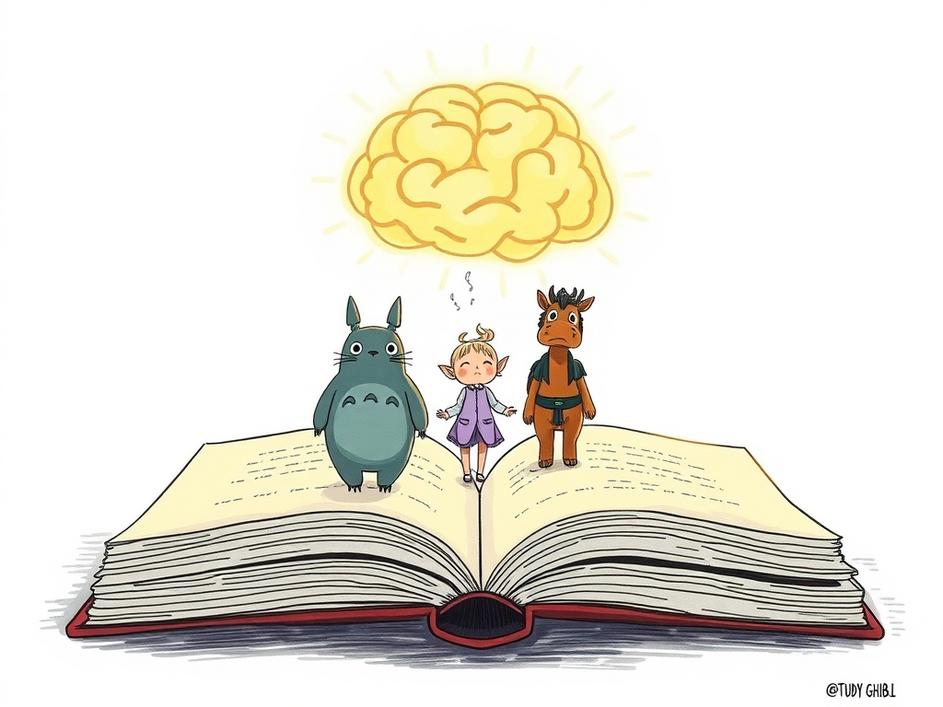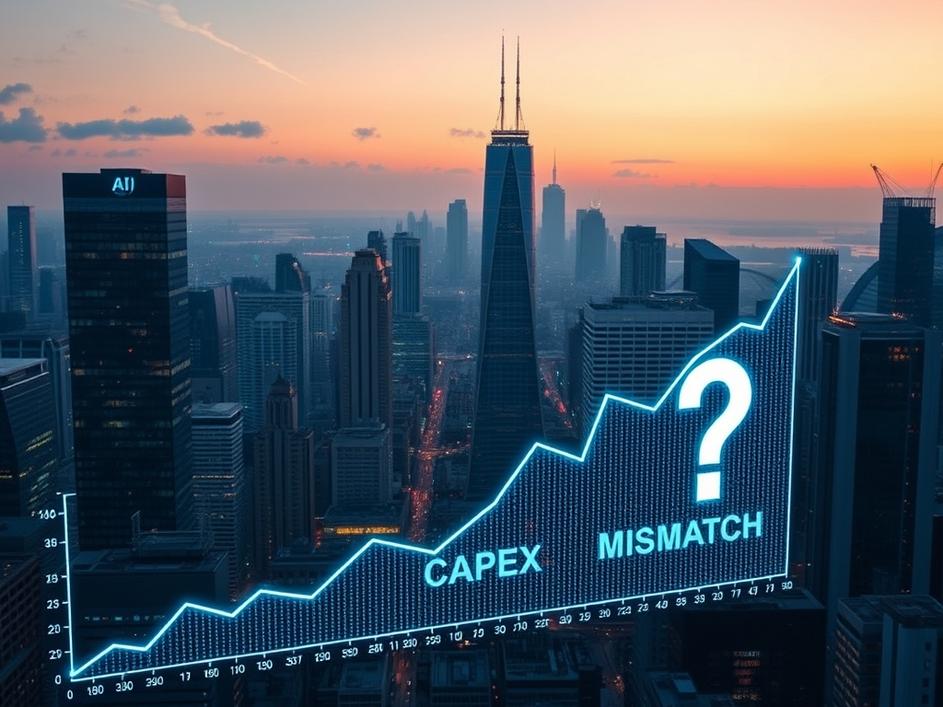


We are a digital agency helping businesses develop immersive, engaging, and user-focused web, app, and software solutions.
2310 Mira Vista Ave
Montrose, CA 91020
2500+ reviews based on client feedback

Remember the first time you watched a Studio Ghibli film, or got lost in a Final Fantasy world, or felt the thrill of a Bandai Namco game? These aren’t just entertainment; they’re experiences, born from incredible human imagination and hard work. But lately, there’s a big question popping up in the creative world: what happens when artificial intelligence, or AI, learns from these masterpieces without asking? Well, some of Japan’s biggest creative giants, including the legendary Studio Ghibli, alongside Bandai Namco and Square Enix, are stepping up. They’ve sent a clear message to OpenAI, the company behind tools like ChatGPT and Sora, through an organization called CODA. Their message? Stop using their precious content to train AI models without permission. This isn’t just a technical disagreement; it’s a conversation about respect, ownership, and the very soul of art in our digital age.
\n\n
What's Included?
Toggle\n
The Content Overseas Distribution Association, or CODA for short, is a group dedicated to protecting Japanese creative works from piracy and misuse around the globe. They act on behalf of some seriously big names, the kinds of studios and publishers that have shaped our cultural landscape for decades. So, when CODA sent a letter directly to OpenAI, it wasn’t just a casual note; it was a significant declaration from a collective voice of immense creative power. Their core demand is straightforward: stop taking their beloved movies, iconic game characters, deep storylines, and unique artistic styles to feed AI models. They want OpenAI to stop using these creations as training data without any agreement or permission. This isn’t about being against new technology, but about protecting the origin and value of what they’ve spent years, even lifetimes, creating. It highlights a growing concern felt by many artists and creators around the world who worry about their work being used without their consent or proper compensation.
\n\n
\n
Think about the incredible detail in a Ghibli movie, like the moving castle or the spirit world in “Spirited Away.” Every frame, every sound, every character design is the result of countless hours of human thought, skill, and careful work. These aren’t random pieces of information floating around; they are highly curated, emotionally resonant works of art. The same goes for the intricate plots of a Square Enix RPG or the distinct design of a Bandai Namco fighting game character. Each one carries the unique stamp of its creators. When an AI model ‘learns’ from this, it’s not just gathering data points; it’s absorbing the very essence of human artistic expression, the nuances of a particular style, and the depth of creative vision. The creators believe that this kind of use, without a proper system in place, undervalues their original contributions and the massive effort poured into making these worlds real. It feels like taking a shortcut with someone else’s hard-won creativity.
\n\n
\n
This pushback from Japanese content creators isn’t happening in a vacuum. It’s part of a much wider, global discussion about AI and creative works. AI systems need massive amounts of information to learn how to generate new images, text, or even video. Often, this information is pulled from the vast expanse of the internet, which, of course, includes an untold number of copyrighted books, art pieces, songs, and films. This situation forces us to ask some really important questions: who actually owns the ‘knowledge’ an AI gains from all this human output? Is it truly fair for a company to build a powerful new tool, one that could potentially compete with human artists, by using content that took other people decades to master, without any compensation or even a conversation? Many in the creative community feel that if creators don’t get a say in how their work is used for AI training, their future ability to make a living from their art is put at serious risk. It’s a challenge that touches on legal issues, ethical considerations, and the future of human creativity.
\n\n
\n
Imagine a future where all new art, music, and stories start to look and feel a bit… similar. If AI models are primarily trained on existing works without proper boundaries, there’s a real concern that the unique sparks of human originality might get diluted. If AI can easily replicate the distinct style of Studio Ghibli or the character design of a Final Fantasy game without permission, what truly motivates a human artist to create something completely new and groundbreaking? The worry is that the very tools meant to ‘enhance’ creativity could end up homogenizing it, by endlessly drawing from and remixing existing content without fostering truly novel human ideas. This isn’t about stopping technological progress; instead, it’s about making sure that progress happens in a way that respects the original artists and the source material they poured their hearts into. If we don’t address these concerns now, we risk losing the diverse and truly unique voices that make art so special.
\n\n
\n
So, what’s the solution? There are no easy answers to this complex issue, but the actions of groups like CODA show that content creators absolutely want to be part of the discussion. One path forward could involve AI companies licensing content, much like how music or film studios license their works for different uses. This would mean creators get paid for their contributions to AI training. Another idea might be to establish clear ways for creators to ‘opt-out’ of having their content used for AI training, giving them more control over their own work. It’s all about finding a balance: allowing technology to advance and innovate, but not at the expense of human artistry, intellectual property, and the livelihoods of countless creators. This isn’t just a legal battle; it’s about setting ethical standards for a new era of creation, ensuring that as AI grows, it does so in a way that supports, rather than undermines, the very human creativity it seeks to emulate.
\n\n
The call from Studio Ghibli, Bandai Namco, and Square Enix is a powerful one. It reminds us that behind every pixel and every frame of beloved art is a human story, a human effort, and a unique vision. As AI becomes more integrated into our lives, these conversations are vital. It’s about building a future where both human creativity and technological innovation can thrive together, respecting each other’s contributions. The legends have spoken, and now it’s time for the world to listen and work towards a fair and creative path forward.



Leave a reply